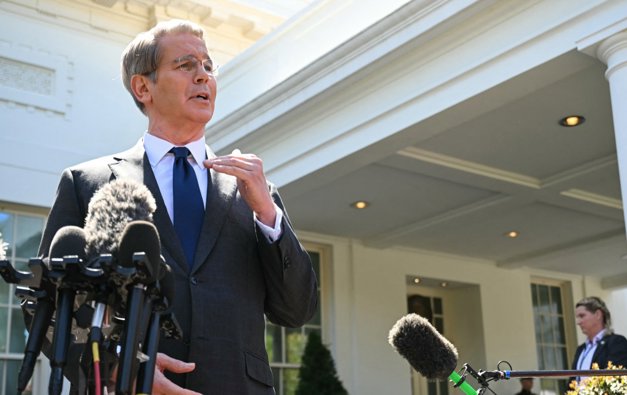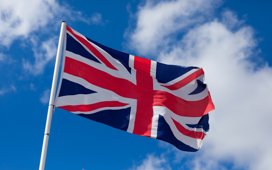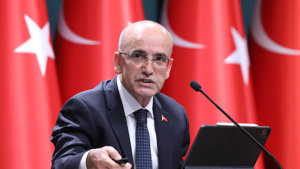
Trump’s Tariff Pause Was Strategic Plan
U.S. Treasury Secretary Scott Bessent clarified on Wednesday that the decision to suspend reciprocal tariffs for 90 days—excluding China—was entirely President Donald Trump’s initiative and not a reaction to market movements. Bessent addressed the press outside the White House, stating, “It’s all the president’s decision to wait until today … no one creates leverage for himself like President Trump.”
Bessent emphasized that the strategy had been in place from the beginning, noting that Trump’s goal was to reward countries that did not retaliate and showed willingness to engage in negotiations. “This was Trump’s strategy all along, you might even say he goaded China into a bad position. He told me the strategy on Sunday,” Bessent said.
The tariff pause was announced following the April 2 implementation of reciprocal tariffs, which President Trump decided to halt for 90 days in favor of diplomatic engagement. Over 75 countries had already reached out to the United States for trade discussions, and Bessent predicted that more would follow in light of the president’s decision. “It’s going to take some time,” he added, stressing that Trump wants to be personally involved in the process.
Meanwhile, tariffs on Chinese goods were raised to 125%, a move directly linked to China’s retaliatory response. Bessent stated that the impact of the trade war would ultimately be harsher on China than on the United States. “The market did not understand Trump’s maximum level tariffs,” he added, suggesting that the broader economic strategy may take time to be fully appreciated.
The administration’s approach underscores a deliberate bifurcation in trade policy: opening a path to negotiation with cooperative nations while intensifying pressure on China. Trump’s hands-on approach and timing have been presented as strategic tools in reshaping global trade relations in favor of the United States.






